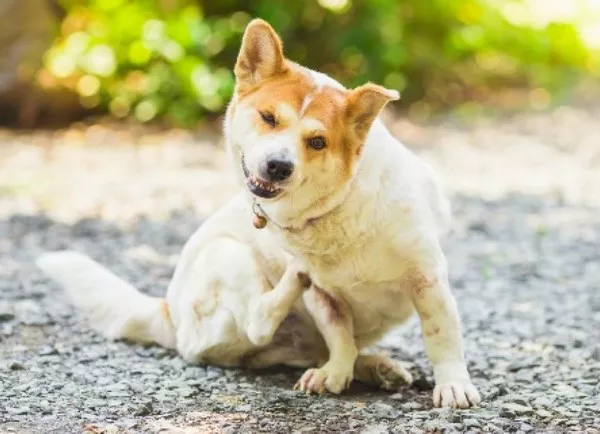For decades, the issue of stray pets has persisted as a serious concern within local communities. However, recent efforts by residents to address this problem have sparked additional apprehensions.
Social media platforms are frequently inundated with posts reflecting pet owners’ anxieties about their beloved animals becoming ensnared in traps. Among these, a common scenario involves the capture of stray cats, often referred to as “cat trapping,” which is part of a process known as T.N.R, according to Terry Cotter, Treasurer of Operation Spay Bay.
The motivation behind trapping activities varies. Some individuals are driven by frustration over neighbors’ pets trespassing onto private properties, while others, such as Operation Spay Bay, undertake trapping endeavors to address the issue of feral cat populations through spaying or neutering.
Monica Lock, a volunteer at Operation Spay Bay, elucidated their proactive approach, stating, “When people call the clinic with concerns about cats at their business or neighborhood or their home, they let me know. And then I go out and I do the trapping.”
Operation Spay Bay, which processes approximately 10 cats weekly, provides medical treatment and returns the strays to their original habitat, aiming to manage their population without resorting to euthanasia unless necessary due to illness or injury, as Cotter highlighted.
However, concerns persist among pet owners that their animals may inadvertently fall victim to trapping efforts. Bay County Animal Control Division Manager Kathy Beatson emphasized the importance of microchipping pets to facilitate their swift return in case of capture.
Beatson further elaborated on the shelter’s procedures, noting their obligation as an open-admission facility to accept all animals, which often leads to capacity challenges. Unclaimed animals face the possibility of transfer or euthanasia once the shelter reaches its limit, underscoring the critical role of microchipping in reuniting lost pets with their owners.
To mitigate these risks, Beatson urged pet owners to monitor shelter websites and promptly contact animal control if their pet goes missing, emphasizing the vital role of community cooperation in safeguarding the welfare of both pets and owners.

























